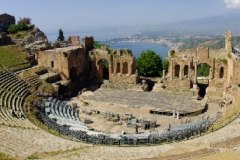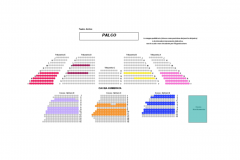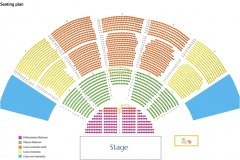CCCP, Fedeli alla Linea
July 2025 | ||||||
|---|---|---|---|---|---|---|
Mo | Tu | We | Th | Fr | Sa | Su |
CCCP, Fedeli alla Linea is not just a band; it is a cultural and musical phenomenon that left an indelible mark on the Italian music scene. Formed in 1982, CCCP merged punk rock with provocative political themes, blending Eastern and Western influences to create a unique and revolutionary sound. Their music, often described as "musica melodica Emiliana—punk filosovietico," reflected the contradictions and complexities of the Cold War era.
Now, CCCP, Fedeli alla Linea returns to the stage at the Taormina Opera Festival, hosted at the breathtaking Teatro Antico in Sicily, Italy. This iconic venue, with its ancient ruins and stunning views of Mount Etna, provides the perfect backdrop for an evening of raw energy and musical rebellion.
Fans will have the chance to experience live performances of timeless classics like "Emilia Paranoica" and "Spara Jurij," along with other politically charged anthems that continue to resonate with audiences today.
Tickets are available in the following categories: Stalls, Tribune, Cavea Numerata, and Cavea Non Numerata.
Don’t miss this rare opportunity to witness CCCP’s electrifying presence and provocative artistry live. Visit our website or contact us by phone for more information about the performers, program details, and ticket prices.
Program and cast
Teatro Antico di Taormina
Ancient theatre of Taormina
Description
The ancient theatre (the teatro greco, or "Greek theatre") is built for the most part of brick, and is therefore probably of Roman date, though the plan and arrangement are in accordance with those of Greek, rather than Roman, theatres; whence it is supposed that the present structure was rebuilt upon the foundations of an older theatre of the Greek period. With a diameter of 120 metres (390 ft) (after an expansion in the 2nd century), this theatre is the second largest of its kind in Sicily (after that of Syracuse); it is frequently used for operatic and theatrical performances and for concerts. The greater part of the original seats have disappeared, but the wall which surrounded the whole cavea is preserved, and the proscenium with the back wall of the scena and its appendages, of which only traces remain in most ancient theatres, are here preserved in singular integrity, and contribute much to the picturesque effect, as well as to the interest, of the ruin. From the fragments of architectural decorations still extant we learn that it was of the Corinthian order, and richly ornamented. Some portions of a temple are also visible, converted into the church of San Pancrazio, but the edifice is of small size.

 EN
EN DE
DE IT
IT FR
FR ES
ES RU
RU JP
JP RO
RO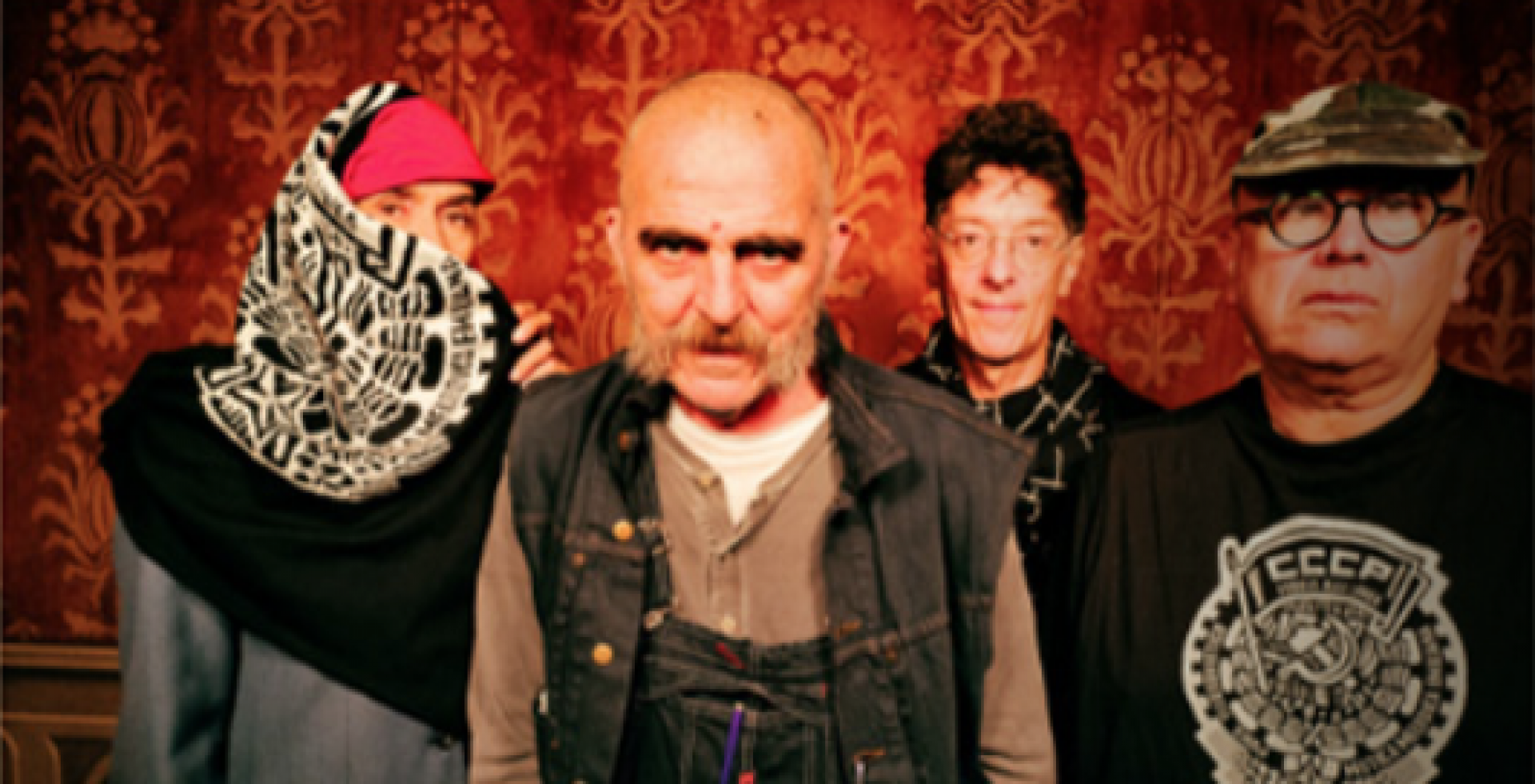
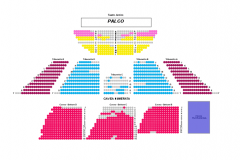 Seating plan
Seating plan 